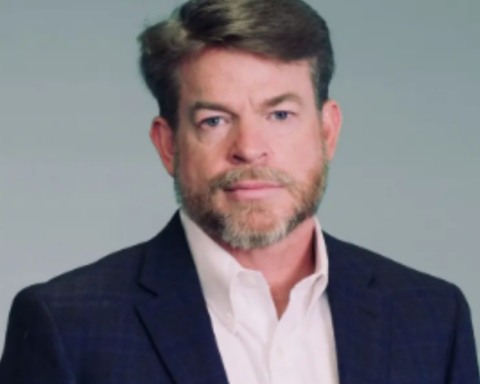2 mins read
Danfoss At COP21: Put Energy Efficiency First To Achieve The Target

If energy was used more efficiently, it could deliver 38% of the emissions reduction needed to keep the planet within
Tags:
- control valves
- Danfoss Niels B. Christiansen
- distribute heating
- Education
- emissions reduction
- global energy efficiency potential
- heating systems
- International Energy Agency
- knowledge sharing
- policy incentives
- radiator thermostats
- UNEP’s Sustainable Innovation Forum
- United Nations’ climate summit COP21
- variable-speed drives
- world’s first carbon neutral capital








